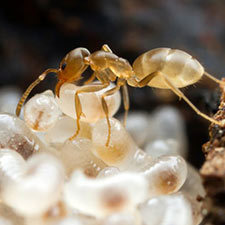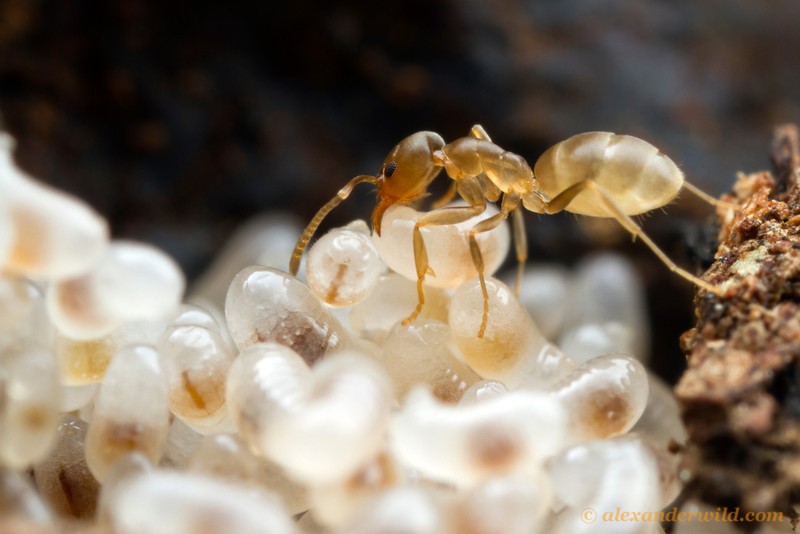 Darwin’s ant
Darwin’s ant
Common name: Darwin’s ant
Botanical name: Doleromyrma darwiniana
Management programme: Advisory
Where are they originally from?
Originally from Australia, it was first discovered in New Zealand in 1970, most likely arriving through contaminated cargo.
Why are they a pest?
They enter houses in large numbers to forage for sweet foods and can build up large densities quickly, often in urban gardens and displacing other invertebrates.
Where are they found?
Commonly found in dry forested areas, including coastal scrub or heath, nesting in soil, under rocks and rotten logs or the abandoned nests of other eggs. In New Zealand it is associated with towns or cities with ports.
What do they look like?
A 2-3mm long ant with a dark brown head and light brown body. It looks similar to Argentine ants but give out a strong odour when crushed.
What are the rules?
Advisory
Council does not enforce the control of advisory species. It is landowner/occupier responsibility to manage these pests. Council may provide advice on how to manage or control advisory species if required.
How do you get rid of them?
- Baiting,
- Insecticide
A number of bait options are currently on the market, although baiting needs to be strategic and well-coordinated or results will be limited.
Professional pest controllers are recommended.
CAUTION: When using insecticide please READ THE LABEL thoroughly to ensure that all instructions and safety requirements are followed.
Read more on pest control guidelines and regulations

Image credit: Alexander Wild. Northland Regional Council.
